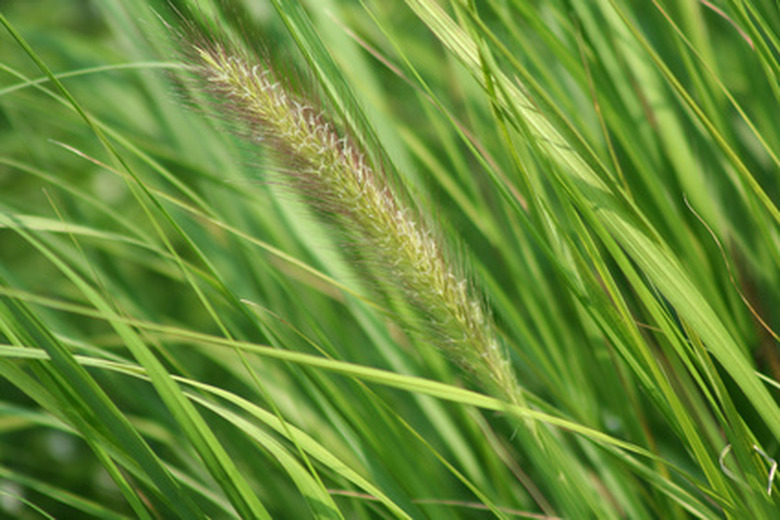How To Pre-Germinate Grass Seed
Pre-germination of grass seed will enable you to grow and repair patches of grass more quickly than if you put down dry seed. Many sports fields and golf courses use pre-germination, but it can come in handy for regular homeowners as well. Once you have started the process of pre-germination you must lay the seed quickly or it will die. However, you may refrigerate the seeds to extend their life for up to one week. Cool season grasses, such as Kentucky Bluegrass, seem to do best in the pre-germination process.
Step 1
Begin the pre-germination process about 4 to 5 days before you want to seed bare patches in your lawn. If you begin earlier than this, you will need to use refrigeration to extend the life of the seeds.
- Pre-germination of grass seed will enable you to grow and repair patches of grass more quickly than if you put down dry seed.
- If you begin earlier than this, you will need to use refrigeration to extend the life of the seeds.
Step 2
Pour your seed into a burlap sack and submerge it in a water-tight container for 12 hours. If you are seeding a large area you can buy seed that comes in a woven plastic sack. You may then simply place that entire sack into the water.
Step 3
Pull the sack out of the water and allow it to drain for approximately 12 hours. Then place it back into the water for another 12 hours.
Step 4
Refrigerate your seed if you are not planning to sow it within 1 to 2 days. Remember, the seeds need to stay somewhat moist. If they dry out they will die.
- Pour your seed into a burlap sack and submerge it in a water-tight container for 12 hours.
Step 5
Mix the grass seed with sand or soil. You may also mix in some leaf compost to act as a fertilizer.
Step 6
Spread your grass seed/soil mix onto any bare patches in your lawn. Remember to continue watering it so that it doesn't dry out. You should see growth in as little as five days.
Pre-germinate Grass Seed
You're dreaming of a lawn to rival the local ballpark, but your yard is full of patchy places and bald spots. Overseeding the yard can grow new grass to fill in those bare spots, but some of the most popular grass seeds can take up to a month before they germinate and start to grow. Perennial plants like grass will only grow when conditions mimic those they naturally grow in. Instead of waiting months for nature to do the job, you can hurry the process and get the same results in weeks. Wet a new sponge and squeeze it out so it's moist but not dripping wet. Measure out the seed you want to plant and wrap it in a piece of cheesecloth, or pour it into a burlap or cotton bag. Pour water into the container until all the seeds are covered, and put the lid in place. This can take from three to five days. Once the grass has germinated, remove the bag and allow it to drain, then pour the seed onto clean sheets, newspaper, or another smooth surface.
- Mix the grass seed with sand or soil.
- Overseeding the yard can grow new grass to fill in those bare spots, but some of the most popular grass seeds can take up to a month before they germinate and start to grow.
Things Needed
- Grass seed
- Burlap sack
- Water-tight container
- Sand or soil
- Leaf compost
- Refrigerator
